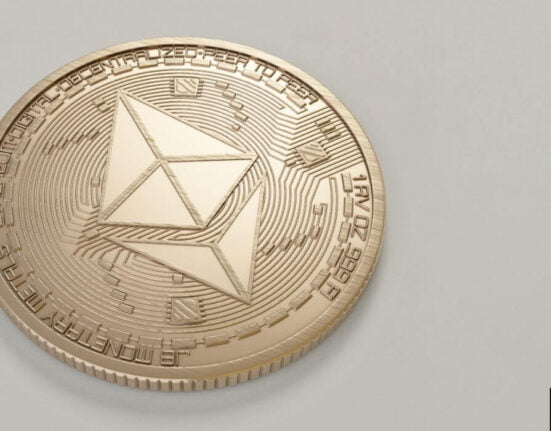Litecoin is a peer-to-peer cryptocurrency with a global payment network that is fully decentralized without any central authorities. It has been created as a competitor to Bitcoin.
Litecoin was created by Charles Lee, an MIT graduate and former Google engineer. As per reports it was released via an open-source client on GitHub on October 7, 2011. Then the Litecoin network went live on October 13, 2011 as a cryptocurrency.
Litecoin has the same basic aims as Bitcoin but with some technical differences that are meant to improve upon Bitcoin’s design and offer more flexibility to users of the currency. It uses a different hashing algorithm than Bitcoin called scrypt, which it claims makes it much more difficult to generate Bitcoins using the same hardware used for mining Litecoins and also offers faster transaction confirmation times of 2.5 minutes compared to 10 minutes for Bitcoin transactions.
History
Litecoin was created as a competitor to Bitcoin. It has the same underlying technology, with a few tweaks that make it better in some ways. For example, its transactions are faster, and they use less energy. It is also less expensive than Bitcoin, which makes it more accessible to common people.
It was created by former Google employee Charlie Lee in 2011 as another cryptocurrency to compete with Bitcoin. Litecoin is an open-source project which means that anyone can create a new version of this crypto currency.
How to Mine Litecoins?
Mining is the process of verifying transactions on the Litecoin blockchain and adding them to a new block. It is also the process of creating new Litecoins.
Mining Litecoins can be done by anyone who has a computer with an internet connection. The mining software is open source, meaning anyone can use it. Mining pools are groups of miners who work together to mine more efficiently and share their rewards.
There are two ways to mine Litecoins: CPU mining and GPU mining. CPU mining involves using your computer’s central processing unit (CPU) to solve math problems in order to generate coins, or hashes, which are then added to the blockchain and rewarded with coins when they meet certain conditions. GPU mining involves using graphics cards – either those built into your desktop or laptop computer or those installed in an external graphics card housing – that have been designed for use in cryptocurrency mining applications such as Ethereum, Zcash, Monero, etc., which require much more computing power than Bitcoin
How to Trade Litecoins? Explain
In this section, I will explain how to trade Litecoins and what are the benefits of trading Litecoins.
The first thing you need to do before trading Litecoins is to create a Coinbase account and buy some Bitcoin or Ethereum on Coinbase. Then you can transfer your Bitcoin or Ethereum from Coinbase to GDAX, which is owned by the same company but offers lower fees and better prices than Coinbase. From GDAX you can then trade your Bitcoin or Ethereum for LTC using limit orders (market orders are not allowed).
what are the benefits of trading Litecoins
Litecoins are a very popular cryptocurrency that is being traded in the market. They are a more recent coin, which has only been in the market since 2011. Litecoin differs from other cryptocurrencies because it uses an open source protocol and not closed protocols like Bitcoin for example. This means that anyone who is good at coding can make their own version of Litecoin.
The benefits of trading Litecoins include the following:
- – It is a new cryptocurrency that can be traded on all major exchanges and has a very large trade volume
- – The transactions are also fast, meaning your funds will be transferred from one wallet to another in no time
- – The price of Litecoin is also very stable and doesn’t fluctuate much like other coins such as Ethereum.













